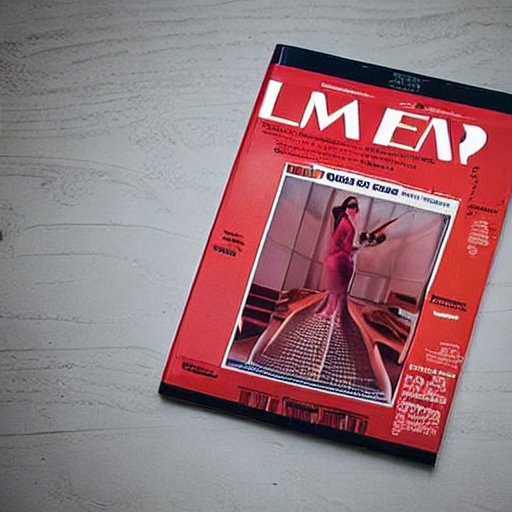
In the digital age we live in today, physical magazines still play an important role in our lives. Many people enjoy flipping through magazines, reading captivating articles on various topics, appreciating photography, and experiencing the immersive reading experience that a printed magazine offers. However, with the continuous advancements in technology, many people have become curious about how magazines are printed. Do they utilize laser printing technology?
In fact, most physical magazines are not laser printed. While laser printing is a widely used technology in office and home printing, it is not commonly employed in large-scale magazine printing. Instead, magazines typically utilize a printing method known as offset printing.
Offset printing is a high-quality printing technique extensively used in the production of magazines, books, and newspapers. It involves transferring the image from a metal plate to the printing material, such as paper, using an offset printing press. The key steps in offset printing include creating the metal printing plates, coating the plate surface with ink, washing away the non-printing areas with water, and finally transferring the ink onto the paper.
In contrast, laser printing involves creating an image directly on paper using a laser beam. It is suitable for small-scale printing tasks, such as those performed by home and office printers. Laser printing offers fast printing speeds and can complete printing jobs within relatively short timeframes. However, due to its relatively lower resolution, the print quality may not match that of offset printing.
Offset printing has numerous advantages, making it the preferred technology for large-scale magazine printing. Firstly, offset printing can provide higher resolution and print quality, resulting in clearer and more detailed images. Secondly, it allows for the use of various types of inks and paper, enabling desired effects and textures. Furthermore, offset printing enables efficient mass production, meeting the demands of magazine publishers.
Despite the prevalence of digital media, which has transformed how we access information and consume content, physical magazines continue to hold a unique place in culture and entertainment. Through offset printing technology, magazines can offer high-quality printing and a pleasurable reading experience, providing readers with a distinct sensory experience different from digital content.
Therefore, while laser printing technology finds its applications in various domains, physical magazines predominantly rely on offset printing to achieve their print production. This technique ensures the quality and sustainability of magazines, allowing us to continue enjoying the allure of traditional print media.